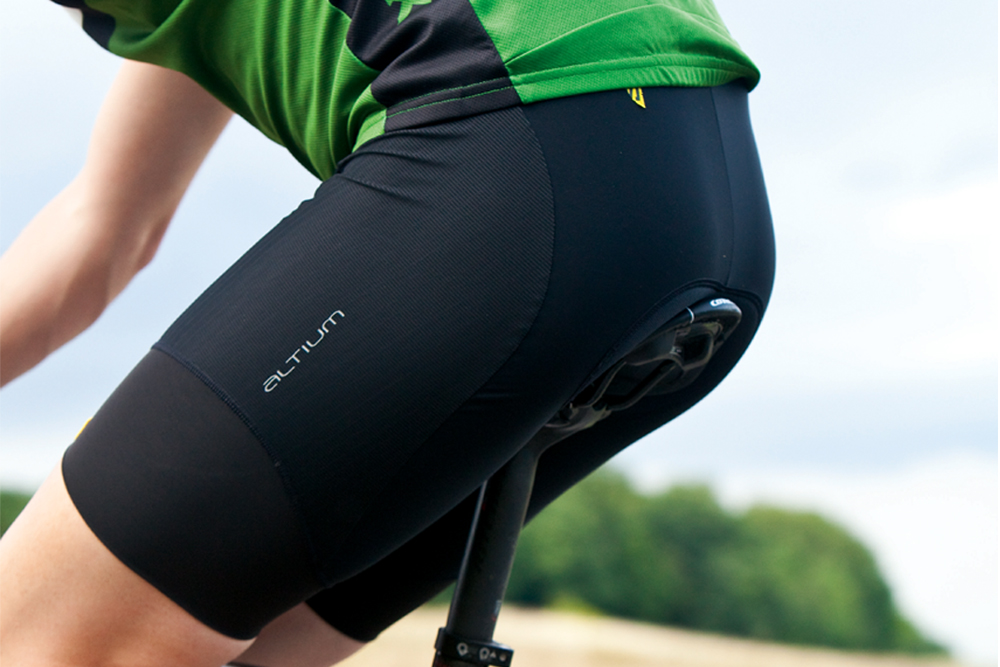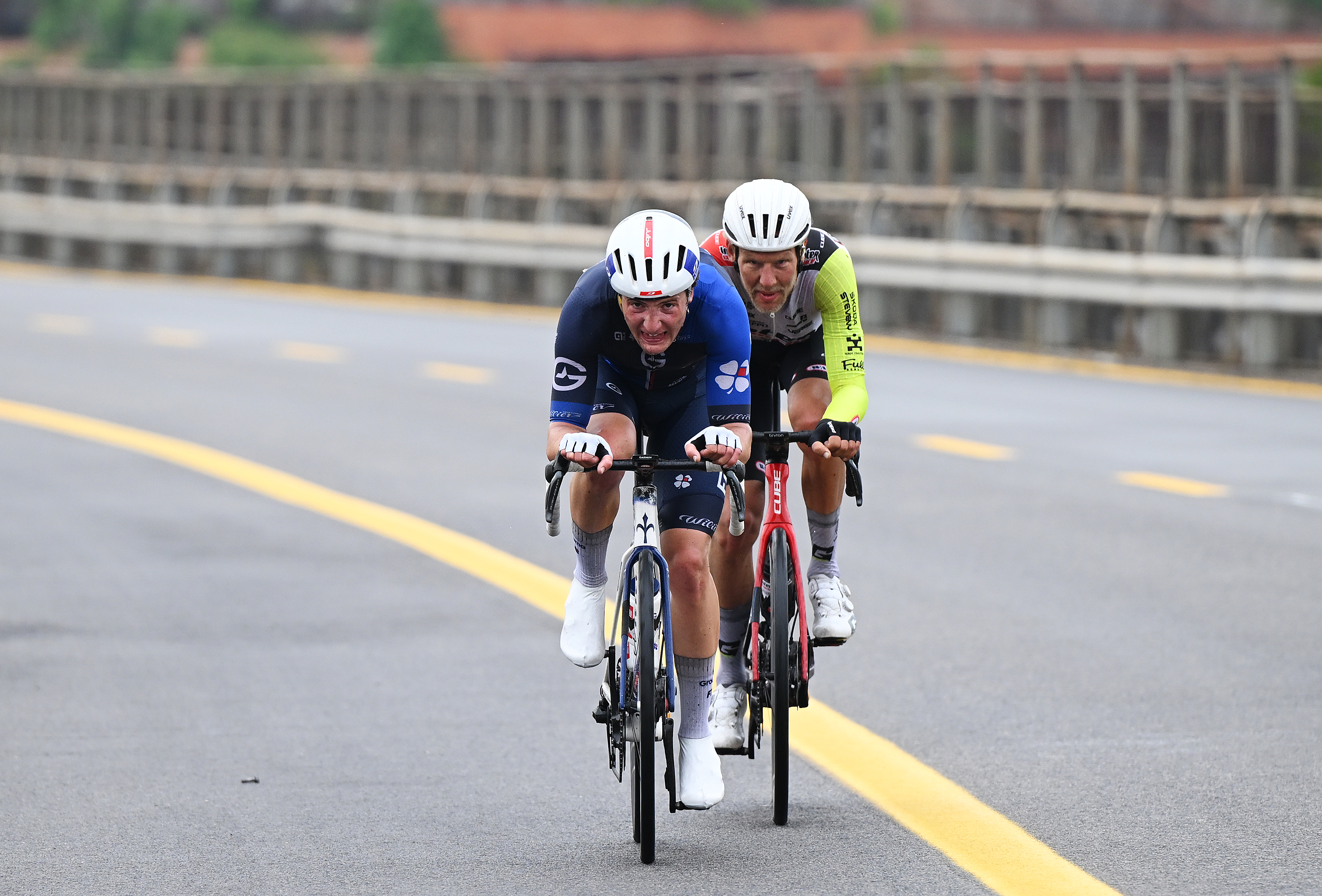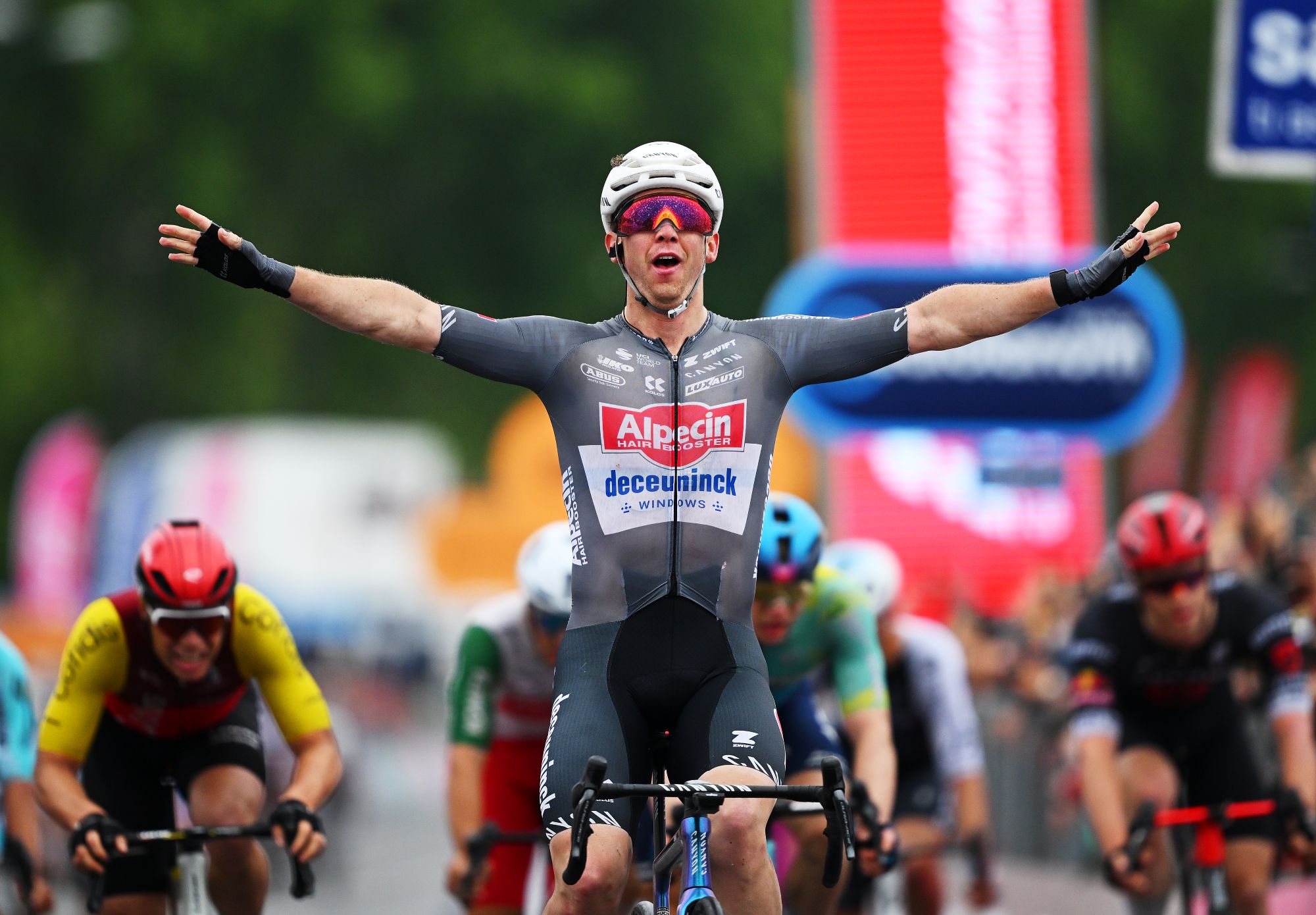Is your saddle harming you?
Professor Robert Thomas sorts the facts from the fiction when it comes to problems pertaining to the perineum

Certain aspects of cycling are quite punishing on the body, particularly in the saddle area.
Training schedules that involve a high volume and intensity of riding raise some health concerns.
The aim of this article is not to put cyclists off this great sport but to highlight sensible nutritional strategies that will help diminish the risks and enhance performance. The potential health issues we’re focusing on here relate to the intensity of some regimens and the trauma to the perineum.
>>> How to prevent saddle sores
Intense training can produce reactive oxidative species (ROS) that can damage DNA in the chondritic cells of the joints leading to arthritis and can cause genetic mutations leading to cancer.
Testosterone levels, in the long term, can fall, contributing to fatigue, poor motivation, reduced erythropoietin levels leading to lower haemoglobin (anaemia) and erectile dysfunction (ED).
The combination of ROS and lower testosterone explains the increased number of abnormal sperms and lower viable-sperm counts among elite cyclists, although an effect on actual fertility has not been established.
Get The Leadout Newsletter
The latest race content, interviews, features, reviews and expert buying guides, direct to your inbox!
>>> Can you buy your way to a fitter you?
Lower testosterone combined with the general lower body mass index of cyclists and lack of weight-bearing exercise leads to significant loss of calcium in the bones (osteoporosis), a condition that afflicted Chris Boardman and led to his early retirement.
Trauma to the perineum via repetitive direct compression of the prostate can lead to chronic inflammation of the prostate. This chronic inflammation is known to be a risk factor for malignancy and can cause enlargement of the prostate (Benign Prostatic Hypertrophy) leading to urinary problems such as a slow stream or having to get up in the night.
This direct damage combined with trauma to adjacent nerves and blood vessels supplying the penis can further contribute to ED caused by testosterone deficiency.
>>> Embarrassing cycling problems, and how to prevent them
The prevalence of ED is debatable, however; some studies, such as the large UK 5,000-cyclist survey, reported no problems with ED, whereas others such as the Boston cohort study reported that ED was three times more likely among cyclists, especially those who use saddles that cause penile numbness. In women, repeated friction can lead to vaginitis, soreness, and bacterial and yeast infections.
Get the right saddle for you
Solutions
What can be done to reduce these potential risks? First, don’t stop cycling. Exercise instigates numerous biochemical changes which have direct anti-cancer and anti-inflammatory properties including a lowering of growth cytokines such as Insulin-like Growth Factor (IGF), an improvement of insulin sensitivity, increased performance of natural killer cells and lymphocytes, which improves immune recognition of infection and cancer cells; reduced markers of chronic inflammation such as cyclo-oxidase and prostaglandin.
>>> Why stress can make you fat – and what to do about it
The links between cycling and prostate cancer are, despite the hype, tenuous. The largest study, involving 5,000 cyclists, reported a six-fold increase in prostate cancer among cyclists who trained more than eight hours per week compared to men who trained less than 3.75 hours.
Less widely highlighted in the media was that all men in the study had a cancer rate that was three times lower than that in the general population.
Nevertheless, the increased risk in elite athletes compared to other cyclists highlights the importance of reducing your intake of cancer-forming chemical (carcinogens) and increasing intake of natural anti-cancer foods.
>>> Is your adrenal system making you tired?
To avoid carcinogens, in practical terms, you should reduce intake of foods that enhance chronic inflammation such as refined sugars and processed meats; avoid carcinogens such as acrylamides formed by super-heating carbohydrates (crisps, rye bread, even some cereal and energy bars); and avoid Polycyclic Aromatic Hydrocarbons and Heterocyclic Amine exposure found in processed and burnt meats.
It’s important to boost the diet with polyphenol-rich foods, which have direct anti-inflammatory and anti-cancer properties as well as the ability to up-regulate antioxidant enzymes, which help mop up ROS. It’s the polyphenols that provide the colour, taste and aroma of foods such as vegetables, spices, herbs, teas, berries, vegetables and fruits.
>>> Detraining: The truth about losing fitness
The World Cancer Research Fund reported that individuals who eat these foods have a lower risk of cancer and that well conducted trials of polyphenol-rich whole food supplements have demonstrated significant anti-cancer benefits.
The largest and most notable of these was the UK government-backed national Pomi-T trial which showed that a supplement containing a blend of purified, high-grade turmeric, pomegranate, green tea and broccoli prevented early prostate cancer progressing to more advanced disease in a large proportion of men compared to those taking a placebo.
In conclusion, the biochemical changes which arise after exercise, such as cycling, have significant cancer and chronic disease protection properties.
Nevertheless, the generation of free radicals, fall in testosterone and local inflammation remain potential concerns with intense cycling.
How to get your saddle height spot on
CA: Do polyphenol-rich foods have other health benefits for cyclists?
These foods are also high in other nutrients such as plant proteins, minerals, fatty acids and vitamins essential for tissue repair including the cartilage within joints. Population studies have linked their higher intake to a lower risk of arthritis, a finding supported by laboratory experiments showing they directly protect cartilage-forming cells from physical trauma and chemical toxins. This would be relevant for cyclists at any level of fitness who also sustain a great deal of mechanical strain on their joints.
CA: Why does intense cycling reduce serum testosterone levels over time?
Although regular exercise delays the natural age-related decline in testosterone, strenuous exercise accelerates this drift. This is because after intense exercise, testosterone increases for about an hour depending on the level of fitness and age. The body then adapts to these higher testosterone levels by telling the testes to reduce production.
CA: What dietary measures can help prevent a fall in testosterone?
Well-conducted studies have demonstrated that low levels of vitamin D and essential minerals such as zinc, magnesium selenium and chromium are associated with lower levels of testosterone.
Reassuringly, the same studies showed that correcting these deficiencies increased testosterone back to normal and can also improve muscle strength, so increase your intake of foods that contain these minerals such as crab, oysters, fish, pumpkin seeds, Brazil and other nuts, fleshy green vegetable and seaweed.
>>> How to tell whether you are overtraining, and how to avoid it
Cholesterol is a precursor in the testosterone biosynthesis pathway, so increase healthy fat intake, preferably from plant sources such as coconut, avocado and olive oil as well as smaller oily fish such as mackerel, sardines and anchovies. Avoid statins unless you have other risk factors for cardiac disease.
Eat less sugar and processed carbohydrates, as these increase blood sugar and risk Type 2 diabetes which is linked to lower testosterone. Pick less refined carbohydrates such as wild rice and quinoa.
Professor Robert Thomas is a consultant oncologist at Bedford and Addenbrooke’s Cambridge University Hospitals and Professor of Applied Biological and Exercise Science at Coventry University

Thank you for reading 20 articles this month* Join now for unlimited access
Enjoy your first month for just £1 / $1 / €1
*Read 5 free articles per month without a subscription

Join now for unlimited access
Try first month for just £1 / $1 / €1
Jack Elton-Walters hails from the Isle of Wight, and would be quick to tell anyone that it's his favourite place to ride. He has covered a varied range of topics for Cycling Weekly, producing articles focusing on tech, professional racing and cycling culture. He moved on to work for Cyclist Magazine in 2017 where he stayed for four years until going freelance. He now returns to Cycling Weekly from time-to-time to cover racing, review cycling gear and write longer features for print and online.
-
 'It's a shame it had to end like this' - Giro d'Italia stage 6 finale affected by protestors
'It's a shame it had to end like this' - Giro d'Italia stage 6 finale affected by protestorsBreakaway of Taco van der Hoorn and Enzo Paleni was held up by two protestors in Naples
-
 Kaden Groves wins crash-marred Giro d’Italia stage 6 in Naples
Kaden Groves wins crash-marred Giro d’Italia stage 6 in NaplesAustralian comes out on top in bunch sprint after chaotic day in Italy